This is a hybrid meeting:
- Join in person at Knox Presbyterian Church (Lisgar & Elgin) in Geneva Hall. Please use the Garden Entrance on Elgin Street. Limited free street parking is available on Saturdays, and the City Hall Parking Garage is available for $2.00.
- Join online by registering here. It covers both events.
Holiday Social / 9 a.m. EST
Do you have a Christmas dessert that has been passed down through the family? Share the story behind it during the Christmas Holiday social. Scan and send the original hand-written recipe, complete with vanilla stains, (or a typed transcript) to programs@bifhsgo.ca and we’ll create a digital Christmas dessert cookbook online. If you can join us in person, we encourage you to bring samples for your fellow family historians to enjoy at the break. Please label them so people know what recipe to search for after tasting your delicious treat.
Great Moments / 10 a.m. EST
“To finding half the stuff”: A 1784 Ledger Entry Illuminates a PEI Ancestor’s Lifestyle
Presenter: Dianne Brydon
A random reference, to a random historical publication, led to a random article containing a transcript of a ledger entry. Dianne Brydon will describe that trip down a rabbit hole which led to a great moment illuminating her PEI ancestor’s status and lifestyle.
Dianne Brydon has used skills learned from her Masters in Historical Geography to research her various family histories. She likes nothing more than travelling to archives in the UK, Canada, and the US, where she has sneezed through bundles of dusty documents. The gems she finds help to piece together her ancestors’ colourful stories. In 2017, Dianne and her father published their family history, “The Stalwart Brydons: From Scotland to Galt to Portage La Prairie.” Since then, she has written articles and given talks to family history/genealogy/local history groups in both Scotland and Canada.
From A Great Problem To Great Moments
Presenter: Gloria Tubman
Gloria Tubman will discuss how researching her home child grandmother went from a great problem to several great moments. She will share how, starting from no knowledge of the ancestral family and with the assistance of fellow genealogy friends, she has been able to produce a four- and six-generation ancestral tree for her grandmother.
Gloria Tubman has always enjoyed a good mystery. She has willingly spent over 35 years with genealogical and family history research and still has a number of brick walls. Her areas of expertise include British home children, Quebec, the Ottawa Valley, and the families of Pontiac County. She has done research for several TV episodes of Who Do You Think You Are? She is a member of the Ontario Ancestors Ottawa Branch Council and of BIFHSGO, and she volunteers at the weekly Genealogy Drop-In with the Ottawa Branch of Ontario Ancestors. Two books Gloria wrote on home children have been published by Global Genealogy (https://globalgenealogy.ca).
“The Logan Clan”
Presenter: Jeannette Logan
In 2024 Jeanette Logan had a “Great Moment” upon learning the Logans were a clan, with a gathering planned for April 2025 in Scotland. She signed up and found the last recorded chief, Hugh Logan, died in 1802 without a legitimate heir—an intriguing twist since both her father and brother share that name. The current clan doesn’t have a chief, and hopefully DNA and good old genealogy will help to find the successor.
Jeannette Logan’s interest in family history began with a 1983 trip to Scotland with her father, where she met elderly relatives and explored ancestral sites. With help from her grandmothers, she focused on her paternal Logan and Morton lines and soon discovered her grandparents were second cousins! The Logan clan gathering re-invigorated her interest in her Logan family.
Remember, OGS Ottawa Branch has a social event at the City Archives starting at noon. You should have time to get there from in-person BIFHSGO attendance at or near the start, except if you rely on OCTranspo’s service. Either event will provide complimentary tea and coffee.
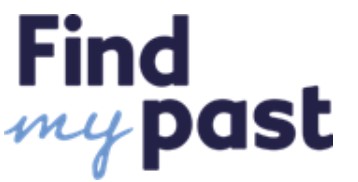 New this week:
New this week: London Metropolitan Police Attestation
London Metropolitan Police Attestation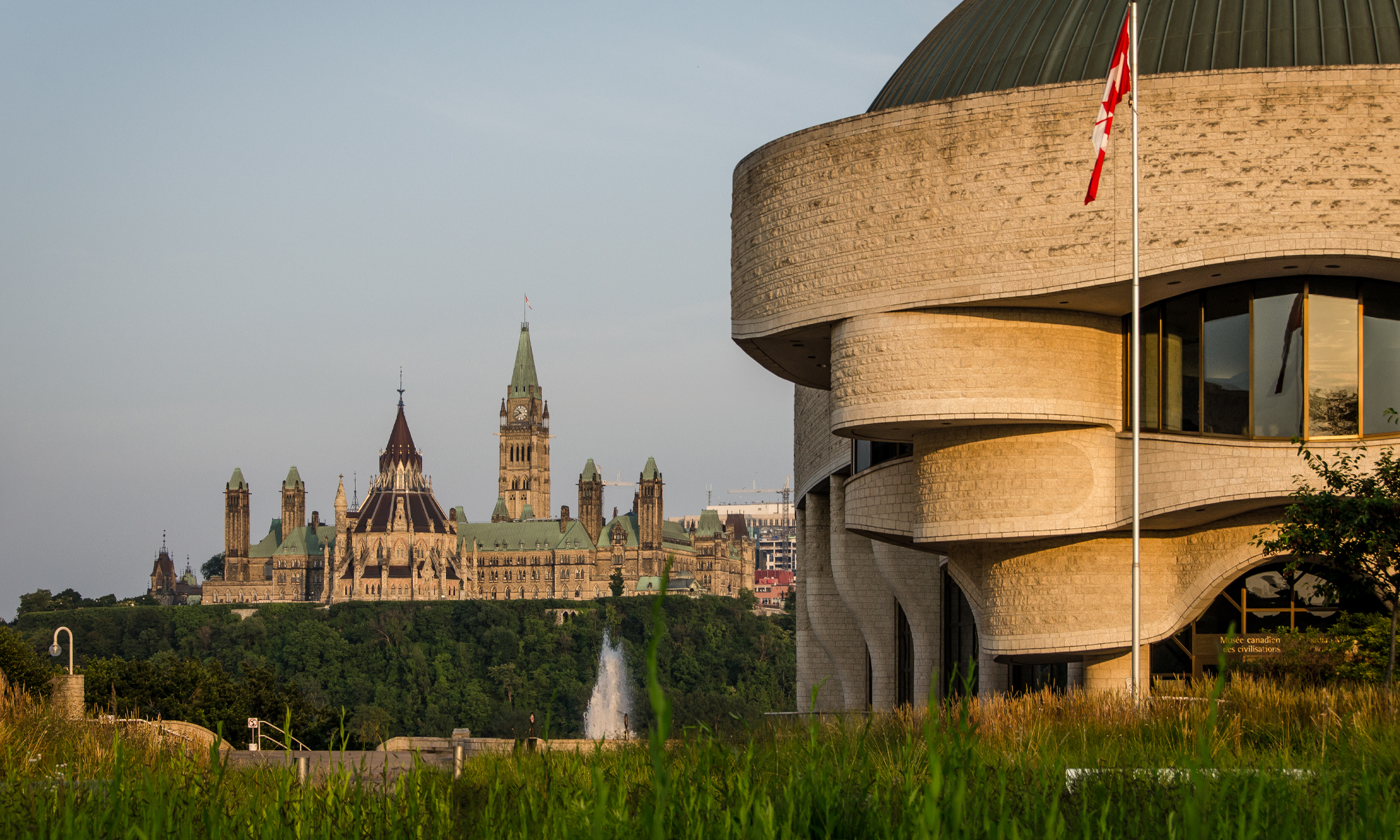

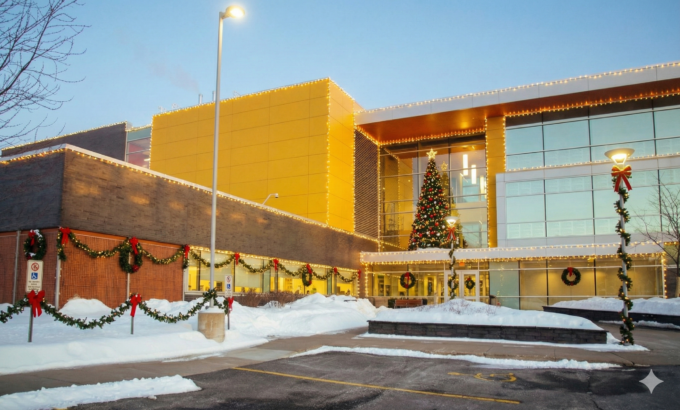 Branch members are invited to attend the annual Christmas Social and Dessert Potluck on Saturday, 13 December, from noon to 2 pm at Room 226, City of Ottawa Archives, 100 Tallwood Drive, Ottawa.
Branch members are invited to attend the annual Christmas Social and Dessert Potluck on Saturday, 13 December, from noon to 2 pm at Room 226, City of Ottawa Archives, 100 Tallwood Drive, Ottawa. It’s from the
It’s from the 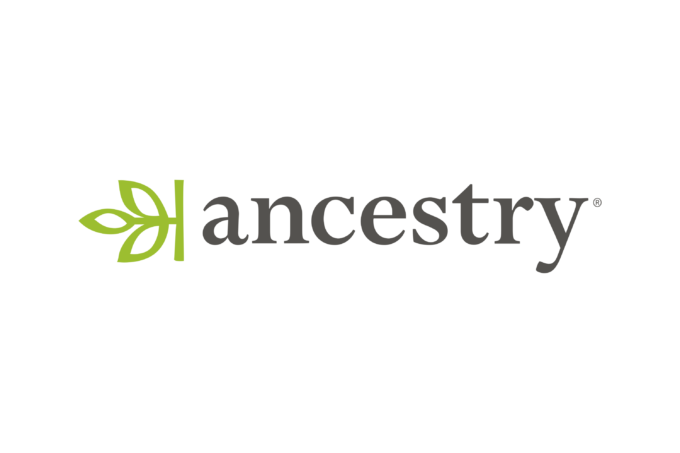 An update for Scotland and Northern Ireland follows the update to the England and Wales, Death Index, 1989-2025 mentioned in Sunday Sundries.
An update for Scotland and Northern Ireland follows the update to the England and Wales, Death Index, 1989-2025 mentioned in Sunday Sundries. Inflation has hit again. A range of fees is being increased, and in some cases introduced at The National Archives (UK). Find the full list
Inflation has hit again. A range of fees is being increased, and in some cases introduced at The National Archives (UK). Find the full list 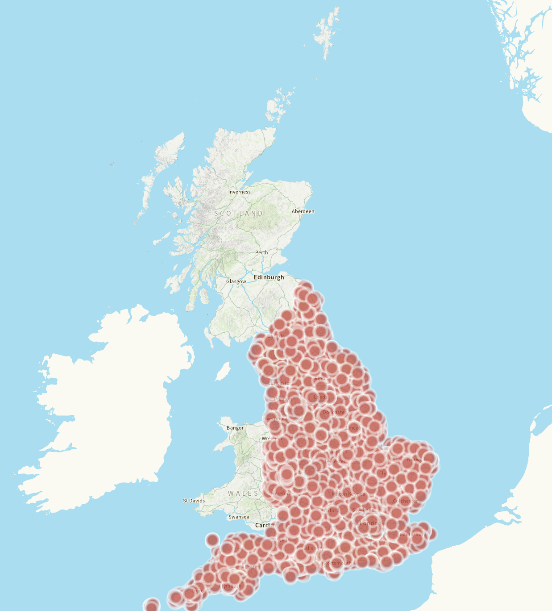 This map from
This map from 